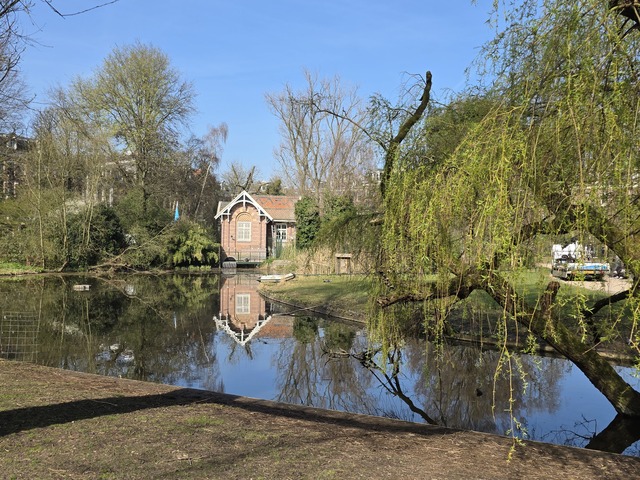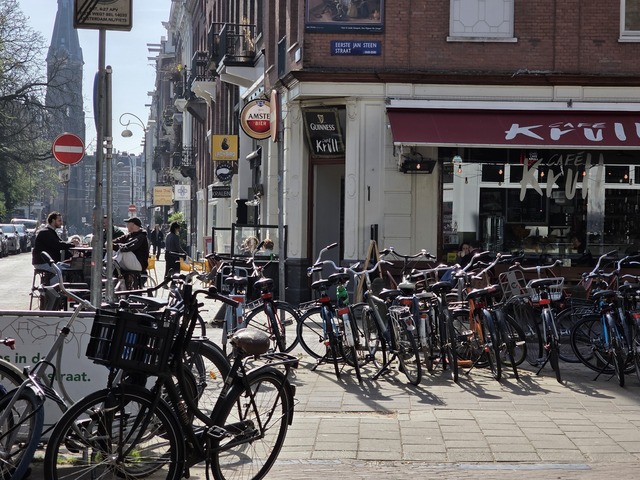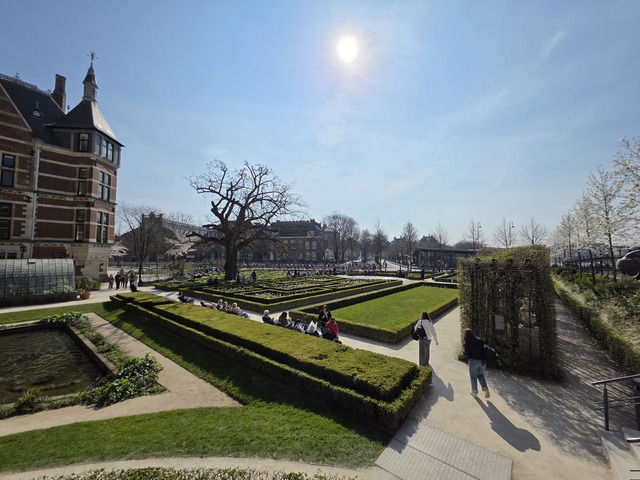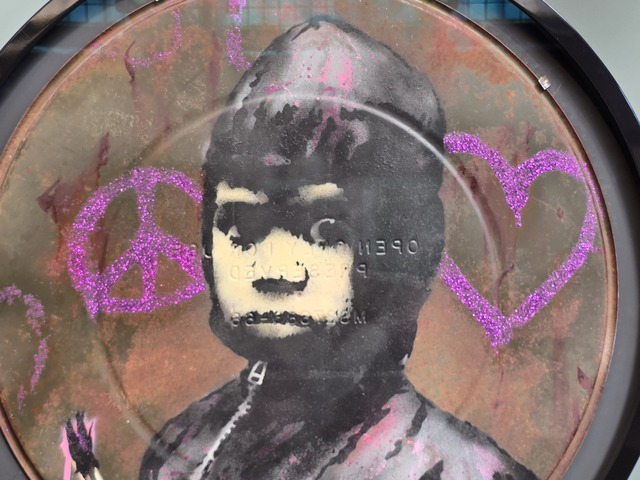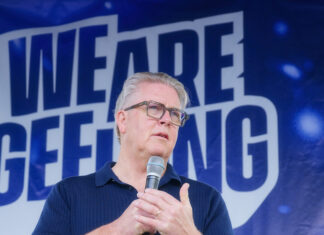Landing in Amsterdam after a long haul from Australia- it strikes us that it’s 30-years since our last visit.
We’re keen to uncover a different side to the city, far from the red-light district, space cake cafes and Van Gough Museum -all worth a look but not this time around.
This time we discover there’s more to Amsterdam than meets the tourist’s eye, as we go underground in a city that lays claim to being one of the most ‘livable and happiest cities in the world’ (Source-Condé Nast and Mercer).
The hotel we chose is on the south side of the city in Overamstel (close to Spaklerweg metro station), the newly appointed Mercure City Hotel.
It’s modern in design, with architectural lines and striking super imposed artworks, with large windows that capture dreamy views across the city.
A ground floor a garden terrace invites the outside in. The staff there is eager to talk about their city as we sip on a welcome cocktail in the lounge bar.
The ever-changing neighborhood of De Pijp (The Pipe) is just across the Amstel River, with a long high street that twists and turns around the canals.
Along the way we stop off at one of the many Italian eateries and devour a house-made cannoli and takeaway gnocchi.
A skip up the road we happen upon a Sicilian bakery and join in a free Panettone cooking class. There is an edgy hole in the wall cafe next door where we take our coffee and fruit stand across the street where we order our juice – this is my kind of neighborhood.
De Pijp is a leisurely 30-minute walk to the Museumkwartier (Central Museum Precinct) and we meander though a weekly vintage market along the way, adorned by artisan boutiques, flower stalls and thrift shops. De Pijp is where the locals live and work and tourists flock to, coming together at the many street food vendors that line the streets. The city is thawing out from winter, large tulip pots are beginning to sprout around the many parks and garden.
Walking through the majestic sandstone entrance that opens up to the Rijksmuseum, horse and carts pass by with smiling folk aboard, seamlessly dodging the many cyclists on their daily commute through the city.
It feels like we’ve stepped back to a simpler time, where young people ride push bikes to social cafes, like ‘The School of Life’. This cafe is a meeting place to read, learn and eat wholesome food, a place where phones are barely seen. The city recently opened up a public library space for strangers to meet, phones placed at the door and face-to-face conversations had.
There is an array of museums and art galleries to choose from, the most popular and longest line is at the Van Gough Museum along with Anne Frank’s house, this time we choose the lesser known MOCO Museum, adjacent to Van Gough. The stately, multi-level heritage building is owned by a local couple who wanted to gift the city a space to create. We peruse a touring street art exhibition showcasing the likes of Banksy, Robbie Williams (the pop star), Jean-Michel Basquiat, Yahoo Kusama and Australia’s own Damien Hirst -it’s edgy, affordable and a place to indulge in independent artists.
Sleeping is optional on our ’48 hours in Amsterdam’ tour and so we head to the newest addition of the cities burgeoning landscape, A’dam lookout. A short ferry ride to the other side of the river, A’dam Lookout is a modern build set on the banks of the river, built high into the sky to capture the cities 360’ panoramic views. Taking the lift to the rooftop observation deck, we ride the ‘Over the Edge Swing’ where you literally swing into space from the 21st floor.
Dinner is served at Restaurant NEL, sitting in a comfy booth, with good food and wine sourced locally, soaking in the best views the city has to offer. Adjacent is a lively rooftop bar with DJ beats, a virtual reality ride- where you digitally zoom through the city and a red sculptured horse, to hop on for a dreamy photo across the city.
From there we head to the metro we happen upon the swarms of tourists walking the red light district. Chatting to the locals we find out there is a bid to move the district to the outskirts of the city, allowing the many cafes and bars to thrive. There is a change in the Amsterdam air.
Walking back to the hotel, it appears the city never sleeps. People young and old are playing bocce in the boules sandpits and children kicking soccer balls as party revelers ride the many saloon boats along the pretty canals.
As the the sun sets into the night, we sense that summer is fast approaching and it’s then in that moment, we get it, we understand why Amsterdam is not only one of the most livable cities in the world-but also one of the happiest places we’ve been.



